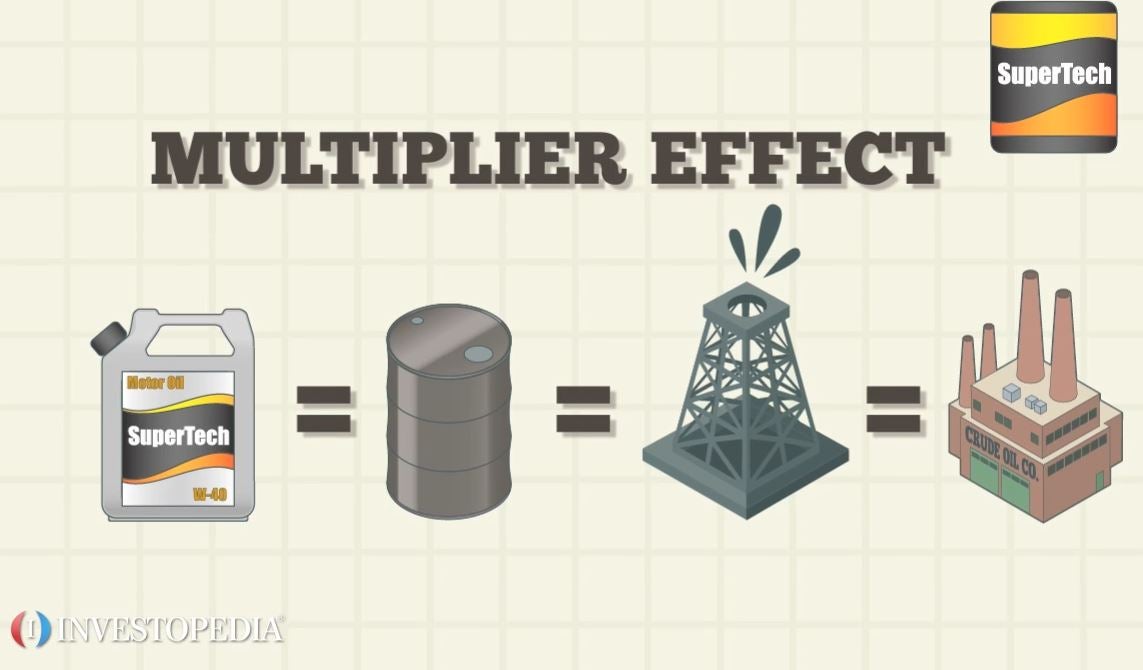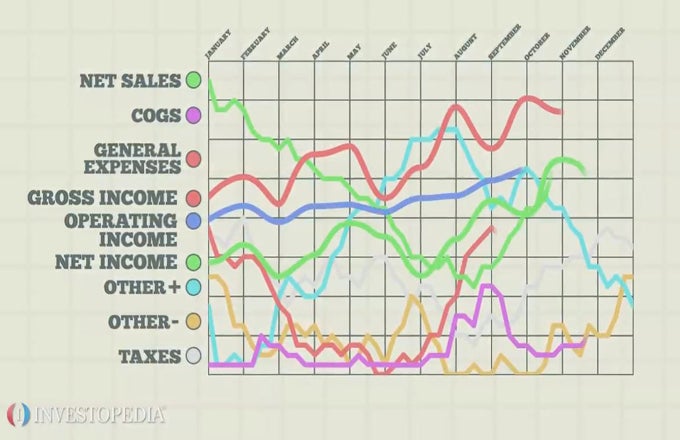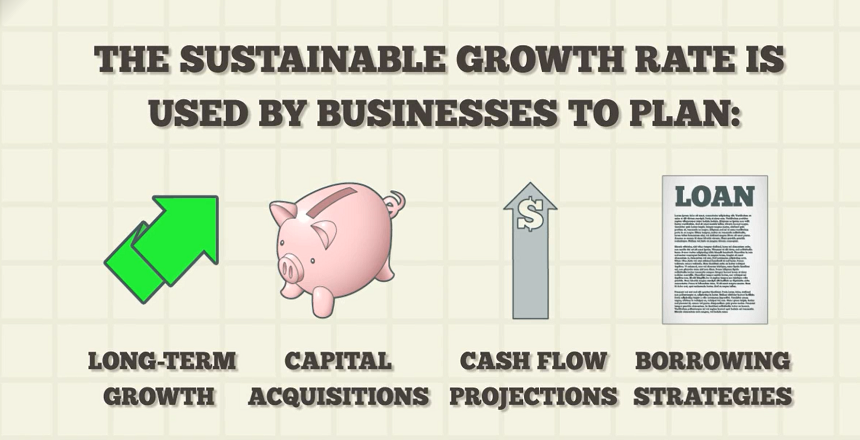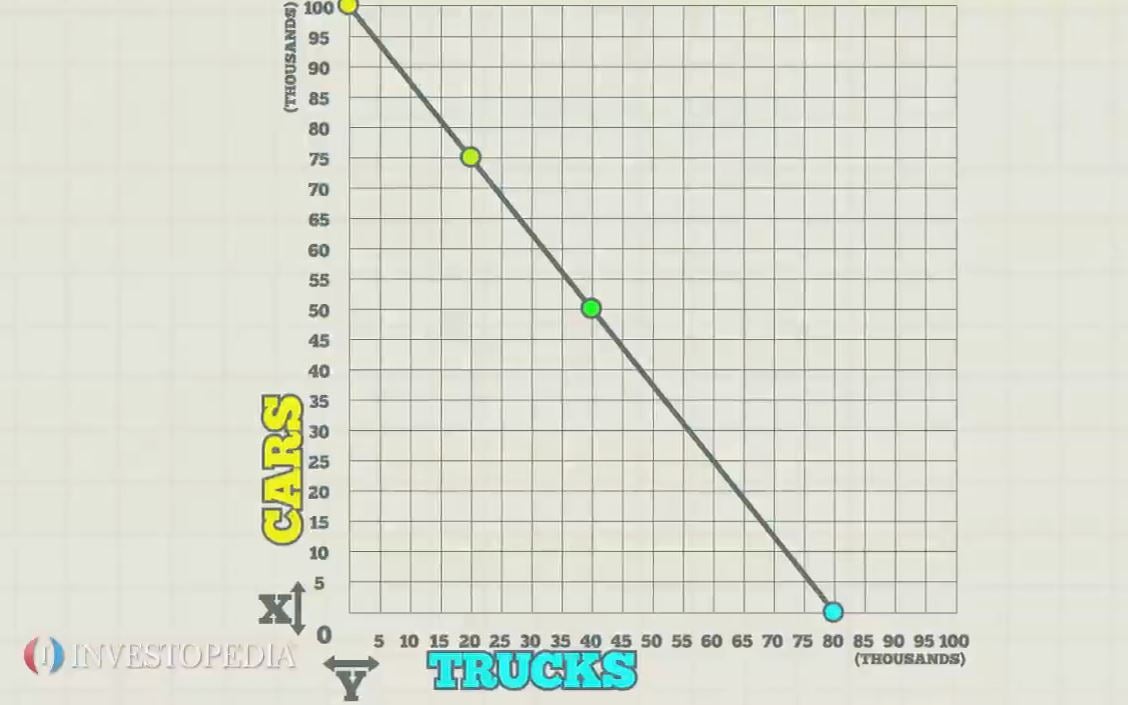The equity multiplier is a straightforward ratio used to measure a company’s financial leverage. The ratio is calculated by dividing total assets by total equity.When a company purchases major assets, it can finance those purchases by incurring debt or issuing stock. A high equity multiplier indicates the company has been using more debt than equity to finance its asset purchases. Consider ABC Corp. ABC has $10 million in assets and $2.5 million in shareholder equity. Its equity multiplier is 4, which is derived from calculating the assets divided by shareholder equity ($10 million/$2.5 million). Thus, ABC uses equity to finance one-fourth or 25% of its assets. The other 75% is funded by debt. The equity multiplier is best used when compared to the equity multiplier of other similar businesses or, if available, an industry standard. Even if the ratio is high compared to similar businesses, if the company is operating profitably, and thus efficiently using its assets, then the use of a higher level of debt is appropriate. The high profit indicates business management is effectively servicing the debt. And since debt is frequently cheaper than issuing stock in a secondary market, this is a positive strategy. Still, a high equity multiplier indicates the company is at risk if profits drop, and the debt burden becomes much more difficult to service.





